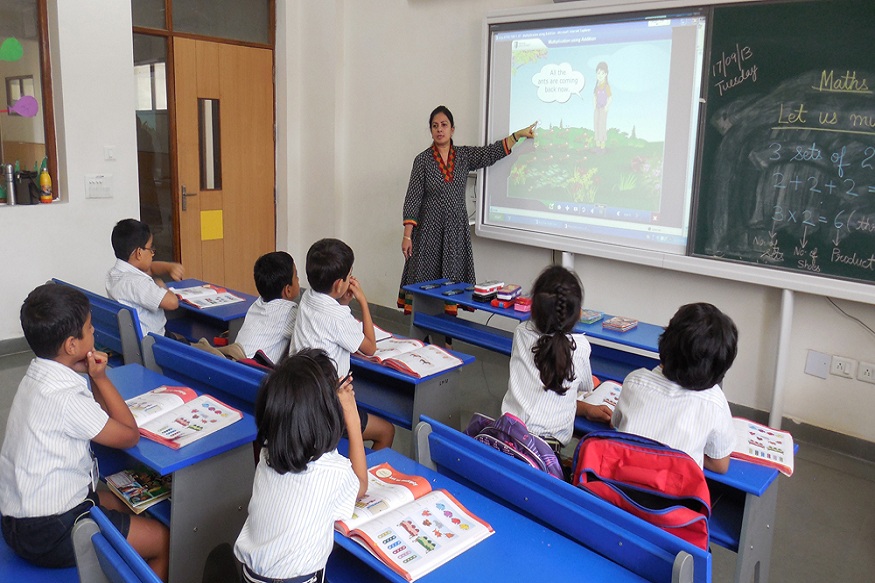If you have noticed new faces in your child’s classroom more often than before, you are not imagining it. Across the country, schools are experiencing a sharp rise in teacher turnover. While staffing changes may seem like an internal challenge for schools to manage, the ripple effects reach directly into your home. This trend affects your child’s academic success, emotional well-being, and the overall quality of their school experience.
The issue is not just about hiring new teachers. It is about retaining the dedicated educators who play a vital role in shaping our children’s futures. Here is what every parent should know about this growing problem and how we can work together to address it.
The Current Landscape: A Growing Teacher Shortage
Recent education data highlights significant shortages in critical subject areas, including foreign languages (42 percent), special education (40 percent), and physical sciences (37 percent). Beyond these hiring challenges, schools are losing teachers at rates that are simply unsustainable.
In the past school year alone:
- 84 percent of teachers remained at their current schools
- 8 percent transferred to different schools
- 8 percent left the profession entirely
While these numbers may not sound alarming at first glance, nearly one in five teachers moving or leaving each year creates major disruptions, particularly in schools already facing resource constraints. Public school teachers are slightly more likely to transfer (8 percent) than their private school counterparts (6 percent). The most cited reasons for leaving include workplace challenges and inadequate pay or benefits.
Special Education: Rising Demand Meets Dwindling Support
One area of particular concern is special education. Students requiring these services now make up roughly 15 percent of total enrollment. Over the past year, an additional one million students qualified for support under the Individuals with Disabilities Education Act (IDEA).
As workloads in special education departments increase and staff shortages persist, students who need consistent and specialized attention are often the most affected when experienced teachers leave.
How Teacher Turnover Impacts Students
Teacher turnover is not just a statistic. It has direct, tangible effects on students and classrooms:
- Disrupted Learning: Children rely on consistency. Frequent staff changes or long-term substitutes can destabilize routines, affect classroom morale, and hinder learning progress.
- Lower Academic Achievement: Studies link high turnover to declines in test scores and overall performance, especially in schools with limited resources.
- Added Pressure on Remaining Staff: Teachers who stay often take on larger classes or extra duties, leading to burnout and reduced individual attention for students.
- Increased Financial Strain: Recruiting and training new teachers consumes funds that could otherwise enhance classroom experiences.
For parents, the effects may show up as homework struggles, gaps in curriculum coverage, or noticeable changes in their child’s social-emotional well-being.
Solutions: Steps Toward Retention
Although there is no quick fix, education experts agree on several strategies that can improve teacher retention:
- Supportive Work Environments
Schools should foster collaboration and provide mentoring programs to help teachers feel connected and valued. - Opportunities for Growth
Access to professional development and clear career pathways encourages teachers to view education as a long-term profession. - Fair Compensation
Competitive salaries, loan forgiveness, and better benefits are critical to retaining educators and honoring the importance of their work. - Prioritizing Teacher Wellness
Supporting mental health and work-life balance benefits both teachers and the students they serve.
What Parents Can Do
Parents play an important role in supporting teacher retention efforts. You can:
- Engage with school leaders and boards about retention initiatives.
- Advocate for local policies that prioritize teacher training, wellness, and fair funding.
- Show appreciation to teachers through recognition and support, helping them feel valued in their communities.
- Stay informed about staffing changes, especially in areas like special education that directly affect your child’s learning experience.
Final Thoughts: A Shared Responsibility
Children thrive in stable, nurturing environments, and keeping experienced teachers in the classroom is essential to creating that foundation. Rising teacher turnover is not just an issue for schools to solve—it is a community concern that affects families everywhere. By working together, parents, educators, and community leaders can create a system where teachers feel supported and students benefit from consistent, high-quality education.



